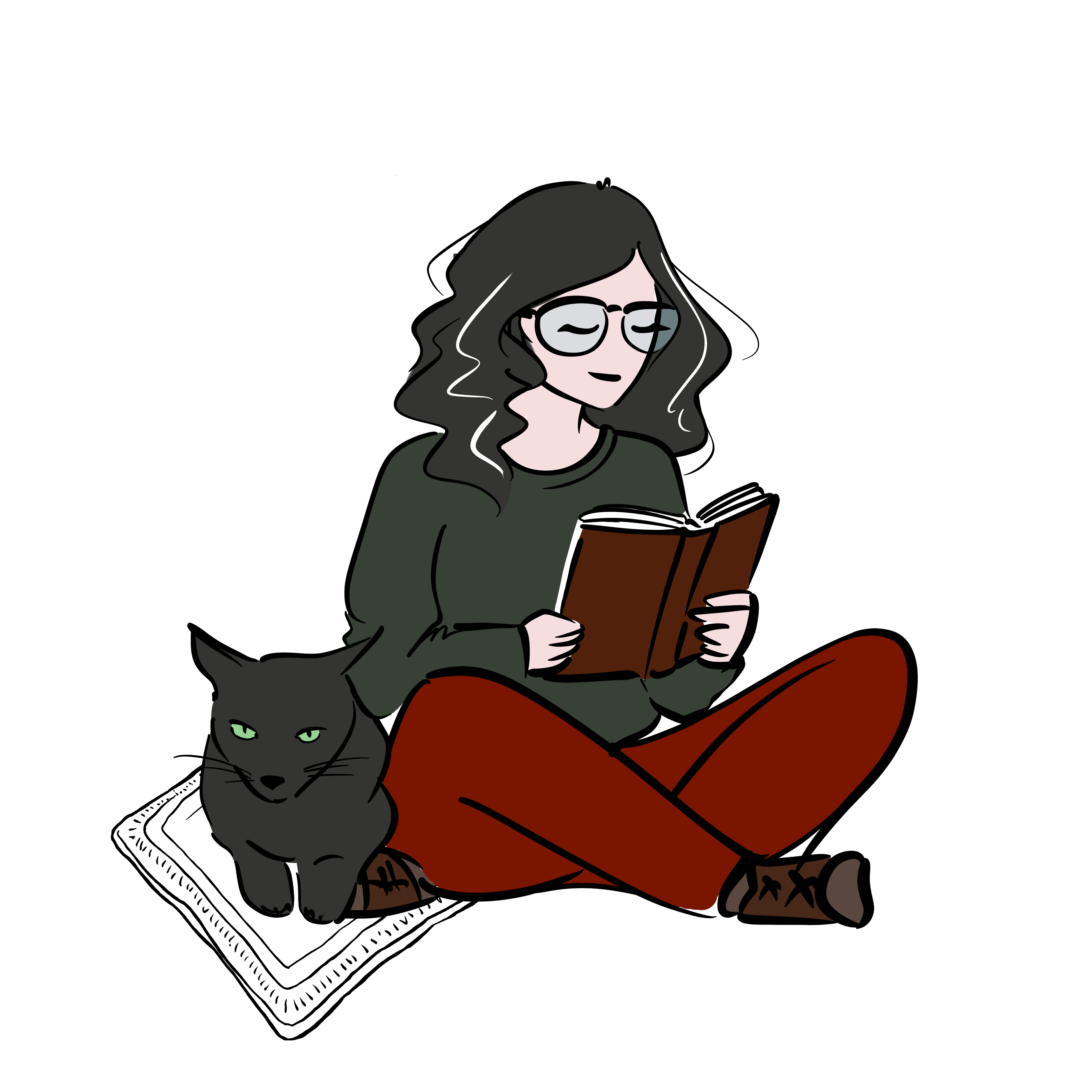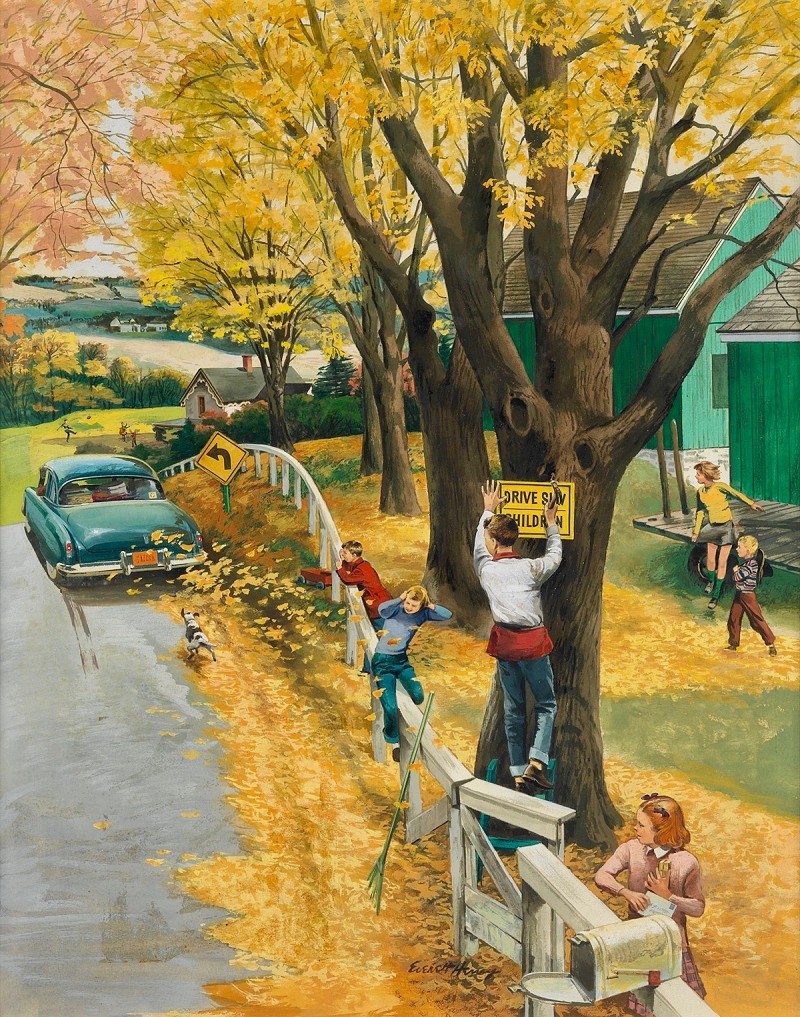My first contact with Claire Lombardo’s writing was through Same as It Ever Was. I listened to the audiobook on Audible, narrated by Emily Rankin. I had no previous information about the author or the plot, and going in blindly was the best choice I could possibly make. The algorithm was right, for once, because I was so taken with this book that I found myself missing Julia, the main character, for more than a week after I finished.
It takes a while to understand what Same as It Ever Was is about. The novel follows Julia Ames, a middle-class woman in her late fifties who is navigating a commonplace moment of crisis. Her son, Ben, is about to marry his pregnant fiancée. Her daughter, Alma, is finishing high school and going through the self-affirmation needs of adolescence and the anxiety of the transition to adulthood. To Julia, Ben will always be her baby, so looking at him as a man about to embark on a new life with a partner she knows nothing about demands a rearrangement not only of her expectations for her son’s future but also of her perception of their closeness.
Early in the novel, it becomes clear that Julia’s past has many chapters she is not necessarily proud of, some of which remain unresolved, often disturbing the appearance of placid middle-class mid-life stability she shares with her husband, Mark. While shopping for Mark’s birthday party, she runs into Helen Russo, an old friend whose presence precipitates Julia’s reckoning with her past.
The dynamics between the two women are brilliantly portrayed by Lombardo. For a long stretch of the novel, I was unsure if the secret that involved Russo – one that almost unravelled Julia and Mark’s marriage – was of a romantic and/or sexual nature. It is, but not in the way you might think. Julia is in awe of her older friend even now. In a series of flashbacks, the reader pieces their story together.
On a day out with a very young Ben, Julia meets Helen, a retired lawyer who volunteers at the zoo. Helen is a kind friend to Ben and a thoughtful listener to Julia, who is struggling in her life as a stay-at-home mum. The novel slowly unpacks, not always in chronological order, Julia’s backstory and the personal traumas and frustrations that led her to give up having a career to dedicate herself fully to her family. When the reader finally meets Anita, her no-nonsense and emotionally unavailable mother, and then Lawrence, the father who abandoned her, it has already been established that while Julia aspires to an ideal of well-balanced middle-class life, the lack of affection and poor communication skills of her own parents leave deep marks on her, marks that she attempts to overwrite by being the perfect mother to Ben. That does not work, and for much of the boy’s childhood, Julia struggles with depression.
While Julia recognises the extent of her obsession/admiration for Helen, who serves as a mother figure, a friend, and someone she desires to emulate, their relationship never goes the way that is heavily implied. Julia was in love with Helen for a good while, venting to her, admiring her effortless sense of belonging in the ranks of suburban upper middle-class respectability without losing her edge and elegance. Helen is stable and kind, willing to welcome Julia into her home as often as she wishes. She is good with little Ben. Julia struggles to connect with her husband, and in the gap that disconnect produces, she finds herself attracted to one of Helen’s sons.
When the Russos go on holiday, Julia finds herself quickly sucked into an affair with Nathaniel, a twenty-eight-year-old man-child who relies on his mother as much as Julia does, both emotionally and materially. Julia’s trespass goes beyond the affair, however. One day, she finds herself running away with Nathaniel, neglecting to pick up Ben from school. She soon regrets it. Mark later picks up his son at school and his wife at a gas station in the middle of nowhere. That betrayal and the hint of something darker, more serious, hang over the couple for years, never fully evaporating even as they struggle to move on.
Helen knows, of course, about the affair, and in one of the novel’s most compelling scenes, she addresses the fact that Julia seems bent on blowing up her own life for no clear reason. While it seems harsh, it is also precise. As the novel progresses and more recollections are played out before the reader, we see her as a little girl missing her dad, craving her mother’s approval, and then as a teenager, alone and confused, being taken advantage of by adults who should know better. Julia’s and Anita’s past casts a shadow over each attempt they make to reconnect throughout the years. Now Ben wants his grandmother to come to his wedding and resents his mother when she argues that it would not be a good idea. The past refuses to stay put, and Lombardo makes a convincing argument for that in her formal organisation of the plot.
For a good part of Same as It Ever Was, I waited for something catastrophic to take place and ruin everybody’s lives. Their lives are never ruined, though. As Ben works towards building a new, adult life with Sunny, his fiancée, and Julia is asked to help set up the ceremony and reception, she grows to understand that the view she has of herself as an outcast is not shared by anybody else. From friends to family members, everyone is always going through one personal hell or another, so Julia is not the villain in everyone’s lives, as she sometimes believes herself to be. Constantly afraid of ruining everything, Julia ironically gets close to that only because she is so anxious about it that she tries to precipitate it to avoid suffering through it anymore. From Mark’s friends to her snarky daughter and bubbly daughter-in-law, everyone sees Julia as belonging exactly where she is.
Same As It Ever Was is not about the affair and not even about Julia’s friendship with Helen Russo, as she grows to understand. The novel is about a life not normal, necessarily, but common in its many bumps, lack of glamour, and ordinary charm. There is no idealisation or condemnation of the sameness that Julia feared in her youth, no striking critique of bourgeois aesthetics. Ultimately, Ames finds herself charmed by the people around her, the ordinariness of her surroundings, and the safety that comes from that.
Mark, finally recognised as the love of her life, is not always interesting or charming, but he is a man loved by Julia who truly loves her in return, and this novel, in many ways a portrait of their marriage, is a lot more about finding adequacy in life by trying on many different perspectives than its plot or its characters’ commonplace personal disappointments and petty betrayals. Julia is both brilliant and unreasonable, charming and dull, adventurous and timid. This is a novel about the many skins we inhabit, the many paths in life we must try on before we learn to love the one we’ve taken. I look forward to reading more of Lombardo’s fiction soon.

